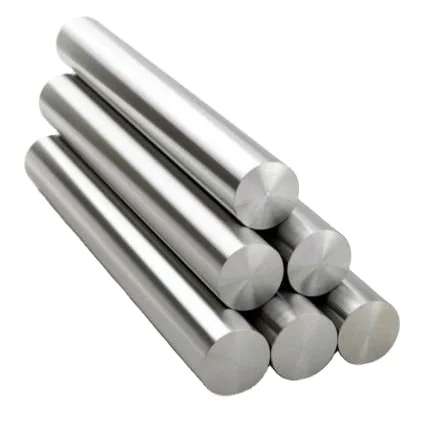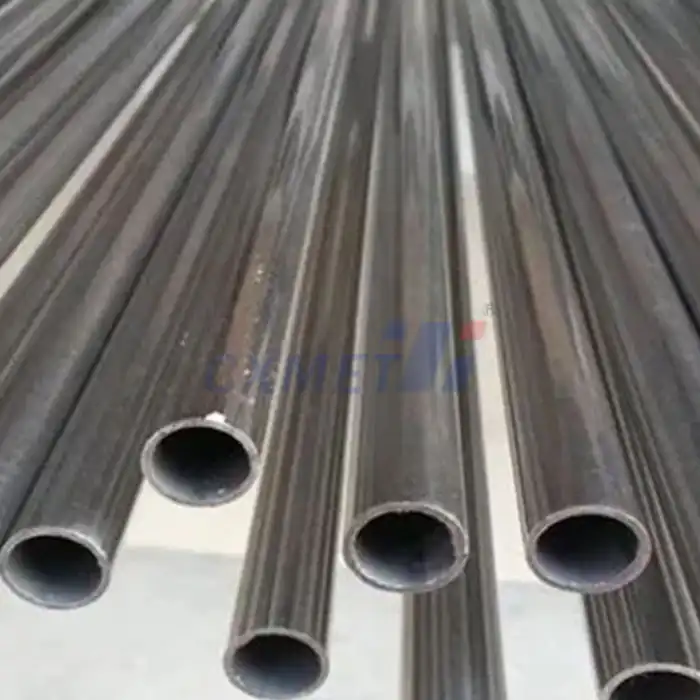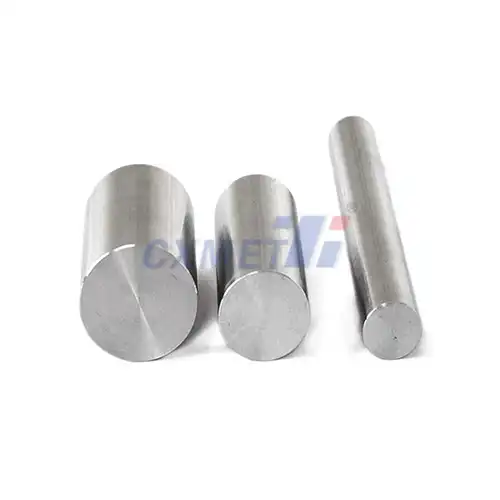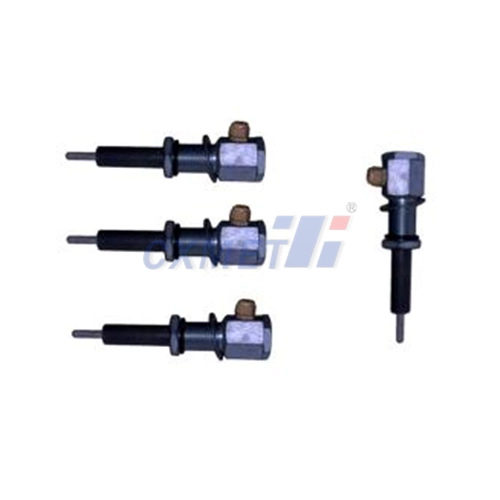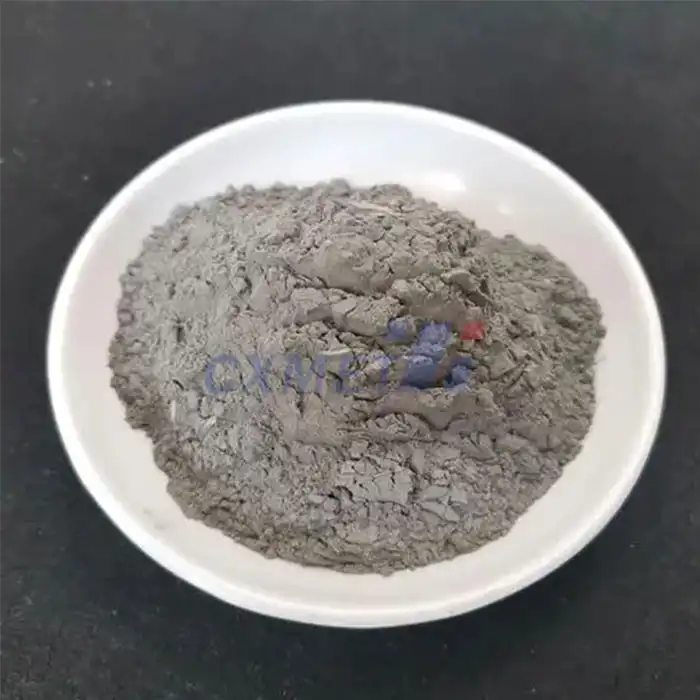- English
- French
- German
- Portuguese
- Spanish
- Russian
- Japanese
- Korean
- Arabic
- Greek
- German
- Turkish
- Italian
- Danish
- Romanian
- Indonesian
- Czech
- Afrikaans
- Swedish
- Polish
- Basque
- Catalan
- Esperanto
- Hindi
- Lao
- Albanian
- Amharic
- Armenian
- Azerbaijani
- Belarusian
- Bengali
- Bosnian
- Bulgarian
- Cebuano
- Chichewa
- Corsican
- Croatian
- Dutch
- Estonian
- Filipino
- Finnish
- Frisian
- Galician
- Georgian
- Gujarati
- Haitian
- Hausa
- Hawaiian
- Hebrew
- Hmong
- Hungarian
- Icelandic
- Igbo
- Javanese
- Kannada
- Kazakh
- Khmer
- Kurdish
- Kyrgyz
- Latin
- Latvian
- Lithuanian
- Luxembou..
- Macedonian
- Malagasy
- Malay
- Malayalam
- Maltese
- Maori
- Marathi
- Mongolian
- Burmese
- Nepali
- Norwegian
- Pashto
- Persian
- Punjabi
- Serbian
- Sesotho
- Sinhala
- Slovak
- Slovenian
- Somali
- Samoan
- Scots Gaelic
- Shona
- Sindhi
- Sundanese
- Swahili
- Tajik
- Tamil
- Telugu
- Thai
- Ukrainian
- Urdu
- Uzbek
- Vietnamese
- Welsh
- Xhosa
- Yiddish
- Yoruba
- Zulu
How does Titanium Alloy 6Al-2Sn-4Zr-6Mo resist fatigue and wear?
2025-07-10 16:09:47
tianium Alloy 6Al-2Sn-4Zr-6Mo Round Bar, also known as Ti-6246, is a high-strength titanium alloy renowned for its exceptional resistance to fatigue and wear. This alloy is widely used in aerospace, automotive, and industrial applications where materials are subjected to extreme conditions and cyclic loading. The unique combination of alloying elements - 6% aluminum, 2% tin, 4% zirconium, and 6% molybdenum - contributes to its superior mechanical properties and resistance to degradation under demanding environments.
|
|
|
What are the mechanical properties of Titanium Alloy 6Al-2Sn-4Zr-6Mo?
Titanium Alloy 6Al-2Sn-4Zr-6Mo exhibits a remarkable set of mechanical properties that make it an ideal choice for applications requiring high strength, fatigue resistance, and wear resistance. The alloy's microstructure, which consists of a fine-grained alpha-beta matrix, contributes significantly to its exceptional performance.
One of the key mechanical properties of Ti-6246 is its high tensile strength, typically ranging from 1170 to 1310 MPa (170 to 190 ksi) in the solution-treated and aged condition. This high strength is complemented by excellent ductility, with elongation values of 8-16% depending on the processing and heat treatment. The alloy also demonstrates a high yield strength, usually between 1100 and 1170 MPa (160 to 170 ksi), which allows it to withstand significant loads without permanent deformation.
The fatigue strength of Ti-6246 is particularly noteworthy. It exhibits a high-cycle fatigue limit of approximately 620 MPa (90 ksi) at 10^7 cycles, which is superior to many other titanium alloys. This high fatigue strength is crucial for components subjected to repetitive loading, such as aircraft engine parts or industrial machinery components.
In terms of fracture toughness, Ti-6246 typically has a K1C value of 55-66 MPa√m (50-60 ksi√in). This moderate to high fracture toughness ensures that the alloy can resist crack propagation under stress, contributing to its overall durability and reliability in critical applications.
The alloy's resistance to creep is another significant mechanical property, especially for high-temperature applications. Ti-6246 maintains its strength and structural integrity at elevated temperatures, with a creep resistance superior to many other titanium alloys up to temperatures of about 540°C (1000°F).
The combination of these mechanical properties - high strength, excellent fatigue resistance, good ductility, and superior creep resistance - makes tianium Alloy 6Al-2Sn-4Zr-6Mo Round Bar an exceptional material for applications where reliability and performance under challenging conditions are paramount.
How does the microstructure of Ti-6246 contribute to its fatigue resistance?
The microstructure of Titanium Alloy 6Al-2Sn-4Zr-6Mo plays a crucial role in its exceptional fatigue resistance. The alloy's microstructure is characterized by a fine-grained alpha-beta matrix, which is the result of careful alloy design and precise heat treatment processes. This unique microstructure is the key to understanding how Ti-6246 achieves its remarkable fatigue properties.
The alpha phase in Ti-6246 is primarily stabilized by aluminum and tin, while the beta phase is stabilized by molybdenum. Zirconium acts as a solid solution strengthener in both phases. The resulting microstructure typically consists of fine, equiaxed alpha grains with a small amount of retained beta phase at the grain boundaries. This fine-grained structure is critical for fatigue resistance as it provides numerous obstacles to dislocation movement and crack propagation.
One of the primary mechanisms by which the microstructure enhances fatigue resistance is through the distribution of slip. In a fine-grained structure, the slip is more homogeneously distributed throughout the material. This distribution of slip helps to prevent the concentration of strain in localized areas, which would otherwise lead to crack initiation. The fine grain size also increases the total grain boundary area, which acts as barriers to crack propagation.
The presence of both alpha and beta phases in the microstructure contributes to the tianium Alloy 6Al-2Sn-4Zr-6Mo Round Bar's fatigue resistance through a phenomenon known as crack deflection. As a fatigue crack propagates through the material, it encounters the interface between alpha and beta phases. These interfaces can cause the crack to change direction, effectively increasing the path length of the crack and reducing its growth rate. This mechanism is particularly effective in Ti-6246 due to the fine distribution of the two phases.
Another important aspect of the microstructure is the presence of fine, coherent Ti3Al precipitates in the alpha phase. These precipitates, formed during aging heat treatment, contribute to strengthening the alloy and improving its fatigue resistance. They act as obstacles to dislocation movement, increasing the overall strength of the material and its resistance to cyclic deformation.
The beta phase in Ti-6246, although present in smaller quantities, also plays a crucial role in fatigue resistance. The beta phase has a body-centered cubic (BCC) crystal structure, which provides additional slip systems compared to the hexagonal close-packed (HCP) structure of the alpha phase. This increased number of slip systems enhances the alloy's ability to accommodate plastic deformation without crack initiation.
Furthermore, the heat treatment process used to develop the microstructure of Ti-6246 often includes a stress-relief step. This process helps to reduce residual stresses in the material, which can be detrimental to fatigue performance. By minimizing these internal stresses, the alloy's resistance to fatigue crack initiation is further improved.
The combination of these microstructural features - fine grain size, dual-phase structure, precipitate strengthening, and stress relief - work synergistically to provide Ti-6246 with its exceptional fatigue resistance. This microstructural design allows the alloy to withstand high cyclic stresses for extended periods without failure, making it an ideal material for critical components in aerospace, automotive, and industrial applications where fatigue performance is paramount.
What are the wear mechanisms in Titanium Alloy 6Al-2Sn-4Zr-6Mo?
Understanding the wear mechanisms in tianium Alloy 6Al-2Sn-4Zr-6Mo Round Bar is crucial for optimizing its performance in applications where wear resistance is a critical factor. While Ti-6246 exhibits good overall wear resistance, it is still subject to various wear mechanisms depending on the operating conditions and environment.
One of the primary wear mechanisms observed in Ti-6246 is adhesive wear. This occurs when two surfaces in contact undergo relative motion, leading to the formation and subsequent breaking of adhesive bonds between the contacting asperities. In Ti-6246, the strong metallic bonding and the reactive nature of titanium can promote adhesive wear, especially in unlubricated conditions or at high contact pressures. The result is often the transfer of material from one surface to another, leading to surface damage and potential seizure in extreme cases.
Abrasive wear is another significant mechanism affecting Ti-6246. This type of wear occurs when hard particles or asperities on one surface cut or plow into the softer surface of the alloy. While Ti-6246 has good hardness compared to many other titanium alloys, it can still be susceptible to abrasive wear, particularly in environments containing hard particulates. The abrasive wear resistance of Ti-6246 is enhanced by its high strength and the presence of hard intermetallic compounds in its microstructure, but it may still be a concern in certain applications.
Oxidative wear is a mechanism that becomes particularly relevant at elevated temperatures or in oxidizing environments. Titanium and its alloys, including Ti-6246, are known for their ability to form a protective oxide layer (primarily TiO2) on their surface. While this oxide layer generally provides good corrosion resistance, it can also play a role in the wear process. Under certain conditions, the continuous formation and removal of this oxide layer can contribute to material loss and surface degradation.
Fatigue wear, also known as surface fatigue, is another mechanism that can affect Ti-6246. This type of wear occurs due to cyclic loading of the surface, leading to the formation of microcracks that eventually coalesce and result in the removal of material. The high fatigue strength of Ti-6246 provides good resistance to this wear mechanism, but it can still be a concern in applications involving high-frequency cyclic loading or rolling contact.
Fretting wear is a specific form of wear that occurs between two surfaces experiencing small-amplitude oscillatory motion. Ti-6246 can be susceptible to fretting wear, particularly in applications where components are subjected to vibration or cyclic loading. The combination of adhesion, oxidation, and abrasion involved in fretting can lead to significant surface damage and material loss over time.
It's important to note that in many real-world applications, these wear mechanisms do not occur in isolation but often interact and combine to produce complex wear behavior. For example, the formation of wear debris through adhesive or abrasive mechanisms can lead to three-body abrasive wear, exacerbating the overall wear rate.
To mitigate these wear mechanisms, various surface treatments and coatings can be applied to Ti-6246. These include nitriding, which increases surface hardness and wear resistance, and the application of hard coatings such as titanium nitride (TiN) or diamond-like carbon (DLC). Additionally, proper lubrication strategies can significantly reduce adhesive and abrasive wear in many applications.
Understanding these wear mechanisms allows engineers and designers to implement appropriate measures to enhance the wear resistance of Ti-6246 components. This may involve optimizing the tianium Alloy 6Al-2Sn-4Zr-6Mo Round Bar's microstructure through heat treatment, selecting appropriate surface treatments or coatings, or designing components to minimize wear-critical contact areas. By addressing these wear mechanisms effectively, the exceptional properties of Ti-6246 can be fully utilized in demanding applications where both fatigue and wear resistance are crucial for long-term performance and reliability.
At SHAANXI CXMET TECHNOLOGY CO., LTD, we take pride in our extensive product range, which caters to diverse customer needs. Our company is equipped with outstanding production and processing capabilities, ensuring the high quality and precision of our products. We are committed to innovation and continuously strive to develop new products, keeping us at the forefront of our industry. With leading technological development capabilities, we are able to adapt and evolve in a rapidly changing market. Furthermore, we offer customized solutions to meet the specific requirements of our clients. If you are interested in our products or wish to learn more about the intricate details of our offerings, please do not hesitate to contact us at sales@cxmet.com. Our team is always ready to assist you.
References
1. Boyer, R., Welsch, G., & Collings, E. W. (1994). Materials Properties Handbook: Titanium Alloys. ASM International.
2. Lutjering, G., & Williams, J. C. (2007). Titanium. Springer Science & Business Media.
3. Peters, M., Kumpfert, J., Ward, C. H., & Leyens, C. (2003). Titanium alloys for aerospace applications. Advanced Engineering Materials, 5(6), 419-427.
4. Donachie, M. J. (2000). Titanium: A Technical Guide. ASM International.
5. Rack, H. J., & Qazi, J. I. (2006). Titanium alloys for biomedical applications. Materials Science and Engineering: C, 26(8), 1269-1277.
6. Banerjee, D., & Williams, J. C. (2013). Perspectives on titanium science and technology. Acta Materialia, 61(3), 844-879.


